- Home
- slideshows
- miscellaneous
- An Austin startup can 3D-print tiny homes in 24 hours for a fraction of the cost of traditional homebuilding - here's how Icon could revolutionize affordable housing
An Austin startup can 3D-print tiny homes in 24 hours for a fraction of the cost of traditional homebuilding - here's how Icon could revolutionize affordable housing
The number of affordable homes in the US is dwindling, and there isn't a lot of room to improve upon traditional home construction methods, especially when it comes to cutting costs, Loomis said.

So the team at Icon set out to reimagine how a home could be constructed from the ground up and developed a 3D printer capable of building a home up to 2,000 square feet in under three days. Smaller homes can be built in 24 hours.
According to Realtor, it costs an average of $289,415 to build a new home. And while Loomis said it's difficult to give an exact estimate of how much it costs Icon to print a home, the company's goal is to cut costs by 30% to 50%.
Source: Realtor
"We're not quite there yet, but that future isn't science fiction," Loomis said.
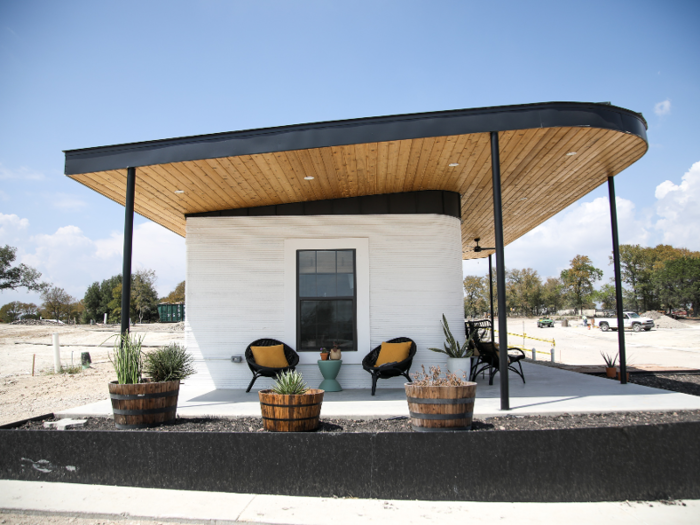
In 2018, Icon built a 350-square-foot home in East Austin that cost $10,000 to print, with the overall project's cost clocking in at $40,000. Icon claims that the home is the country's first permitted 3D-printed home.
For the home to secure a building permit, civil engineers with the city of Austin had to declare the unit suitable for humans to live in, which Loomis said is "a pretty tough designation" to receive. It's being used as an office currently.
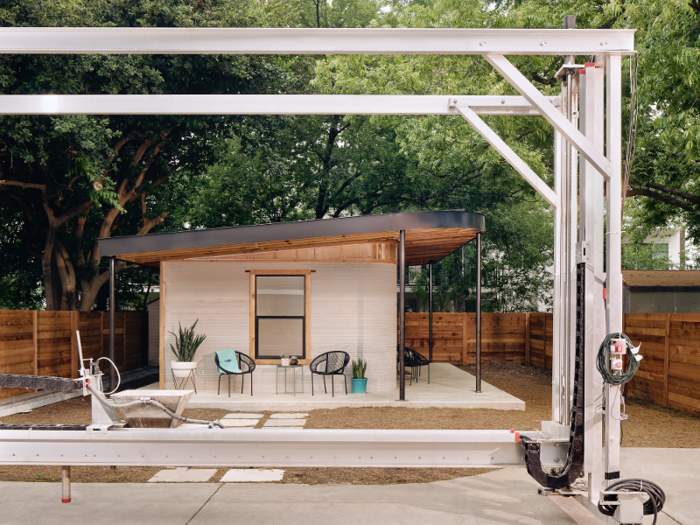
Icon isn't the first to develop 3D printing technology for home building, but the company's unique on-site printing could be revolutionary as traditional construction costs continue to rise, Loomis said.
Usually, with prefab or mobile homes, units are manufactured in an off-site factory and then shipped to their final location, Loomis said.
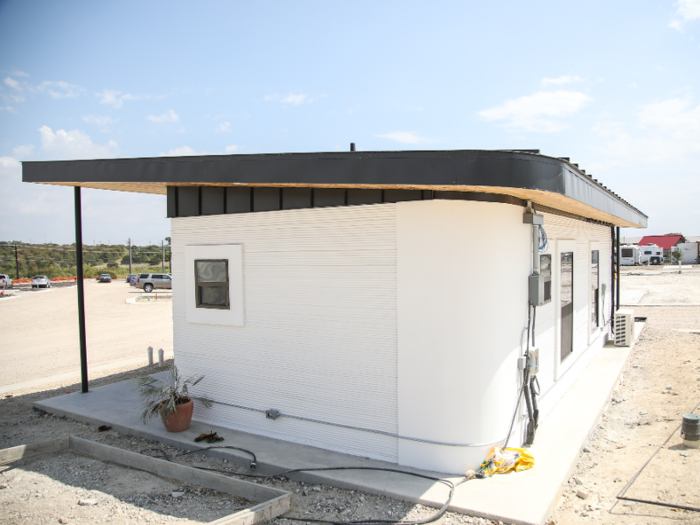
But with Icon, its printers are shipped to where the unit is slated to be located and then is constructed on the spot using a device with few human crew members needed.
The Vulcan ll — the latest iteration of its printing technology — is also fully automated, including the mixing and the pumping of the proprietary concrete used to build to the actual building of the unit, Loomis said.
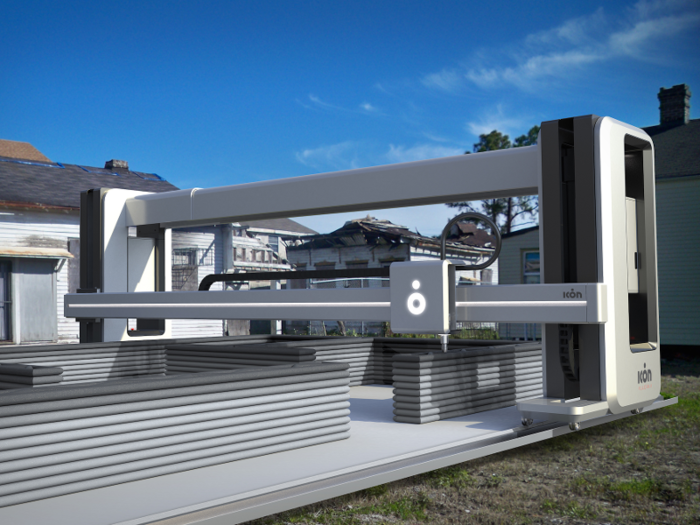
"We're taking concrete, putting it into our printer, and a house is coming out the other end," Loomis said.
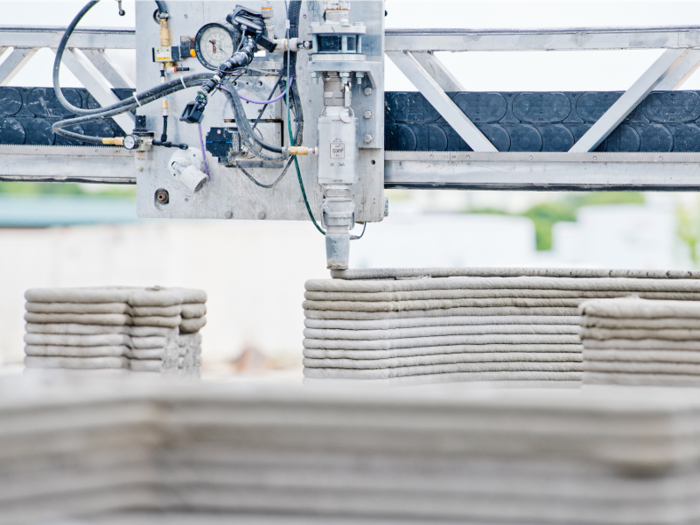
Icon's Vulcan ll printer is currently available for purchase, and the company already has customers putting its technology to good use.
The Vulcan ll was recently used to build a 400-square-foot welcome center for Austin's Community First Village, a project that houses a portion of the city's chronic homeless population.
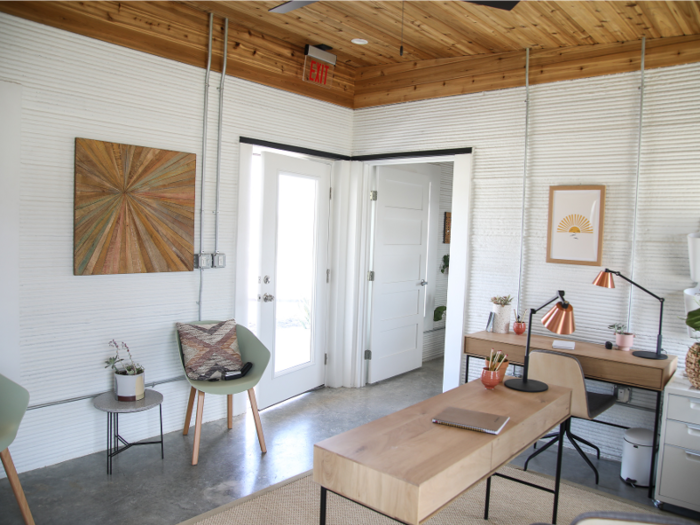
The welcome center is where the village will receive and process new and prospective residents.
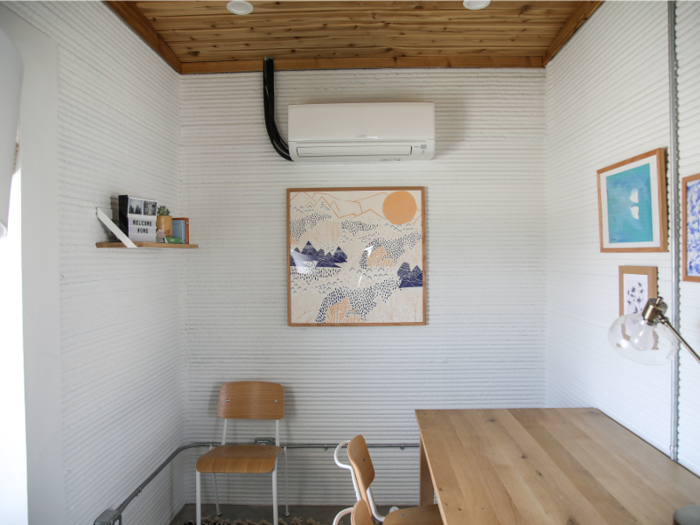
For the village's Phase II expansion, the printer will be used to construct six more homes for formerly homeless residents to live in, Loomis said. All of the units will look different.
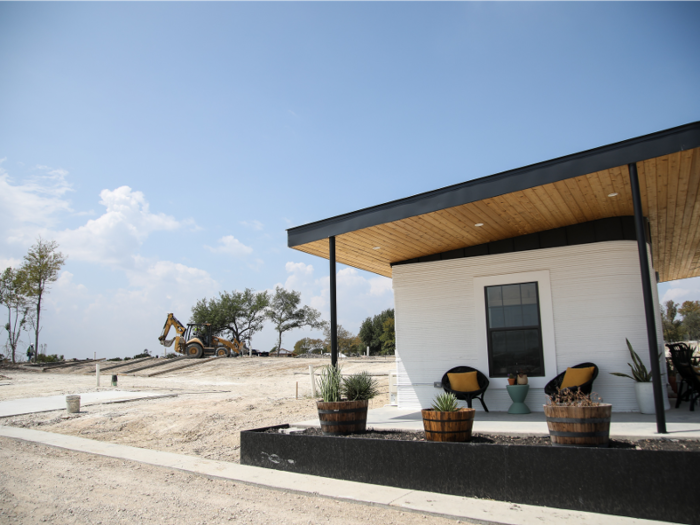
That customization is another aspect of Icon's technology that makes it stand out, Loomis said.
"You can upload a design file of what you want your house to look like, and the printer prints it," Loomis said.
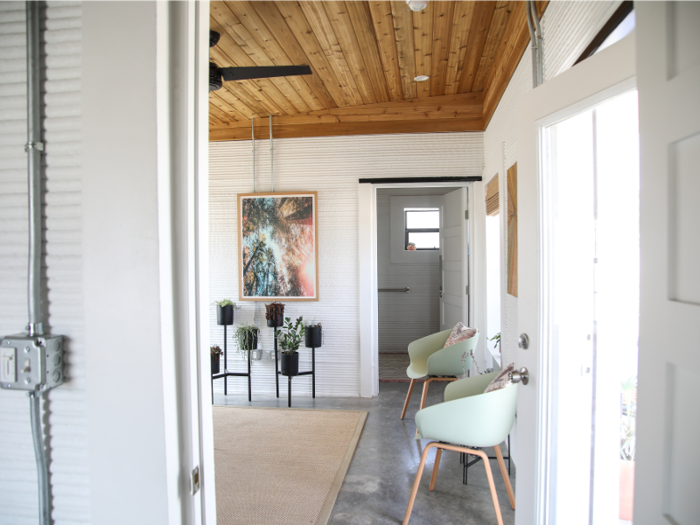
For the Community First project, the Vulcan ll printer was commissioned by the Austin-based Cielo Property Group, which will use the printer exclusively to construct affordable homes in the Austin area.
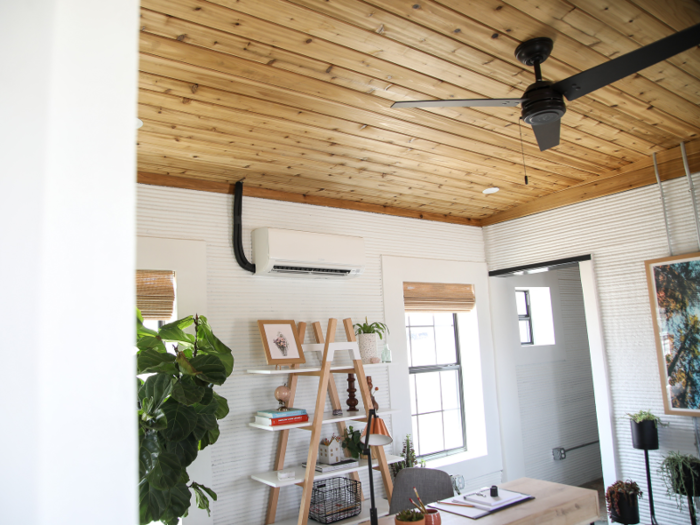
Source: Austin Curbed
The printed East Austin home was built with its partnership with New Story, a nonprofit organization, in mind. There's another Vulcan ll printer in Latin America building a community of 50 homes for families in need.
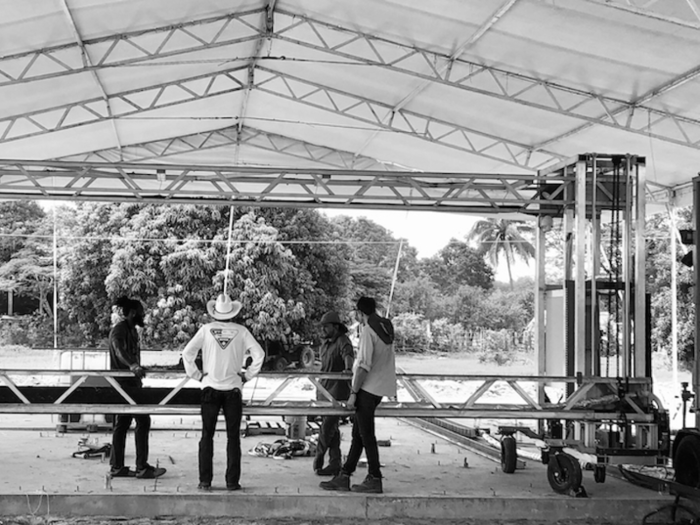
And Icon recently won fourth place in a NASA 3D-Printed Habitat Competition for its technology, meaning there could be a future for the company creating sustainable shelters for humans in space.
Source: Icon
But for now, Loomis said the team is focused on solving housing issues at a global level.
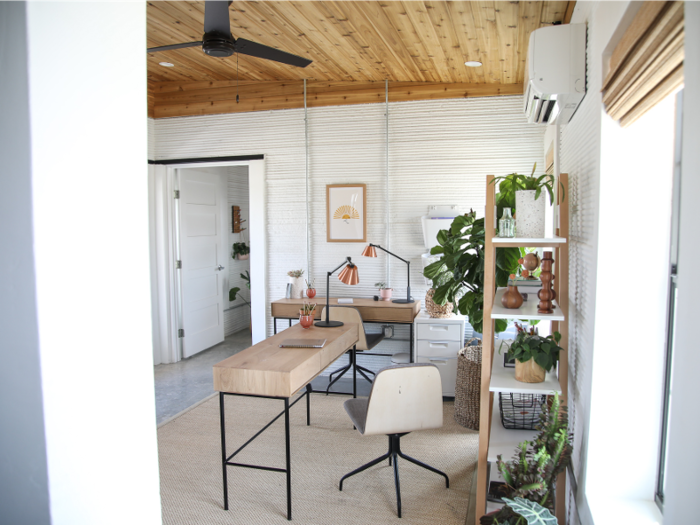
"It's kind of on us to begin to scale that technology so that we're not just doing one or two or six at Community First, but then we're delivering on the millions and millions of homes that need to be built to solve this critical issue," Loomis said.
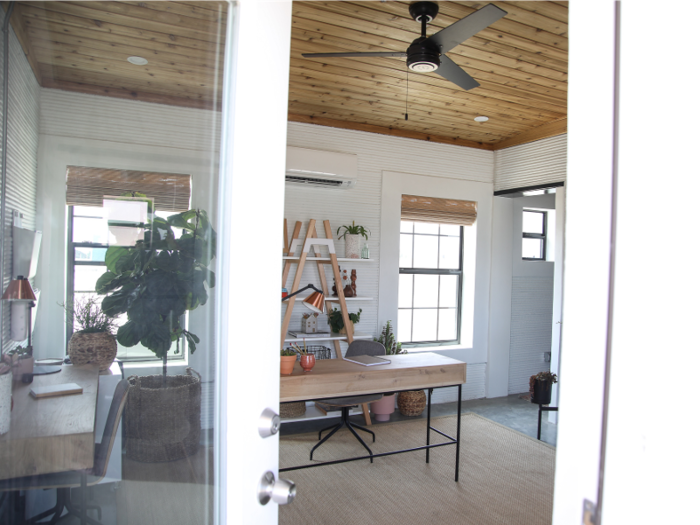
Popular Right Now
Popular Keywords
Advertisement